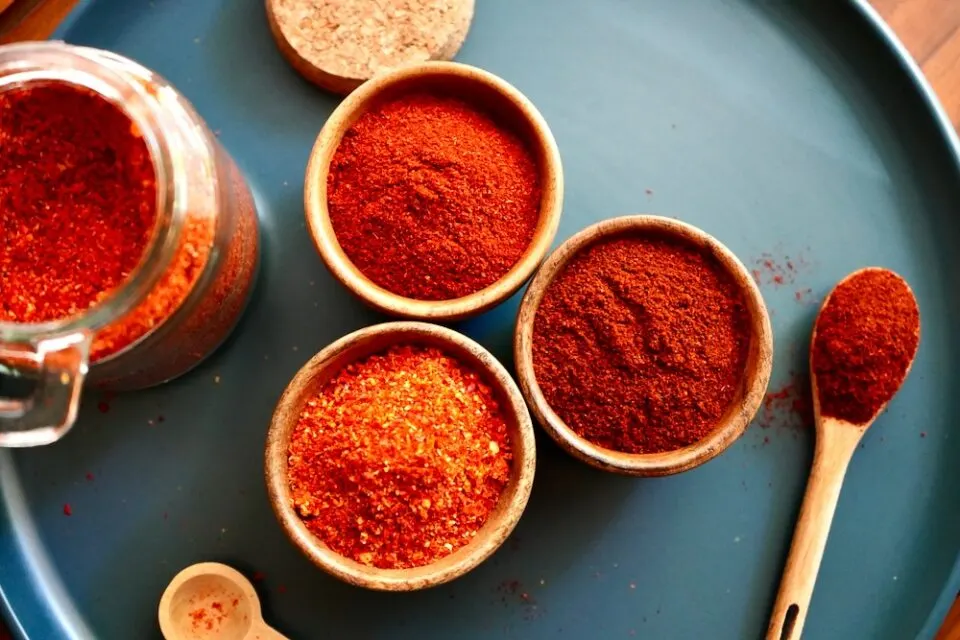- No. 268 Xianghe Street, Economic Development Zone of Xingtai city, Hebei 054001 China
- Byron@hbhongri.cn
paprika pepper
The Vibrant World of Paprika Pepper
Paprika pepper is more than just a spice; it’s a vibrant symbol of culinary tradition and cultural heritage. This versatile ingredient has a rich history, diverse varieties, and a myriad of uses in kitchens around the globe.
Originating from Central America, where it was cultivated by Indigenous peoples for centuries, paprika eventually made its way to Europe in the 16th century. Today, Hungary and Spain are among the most prominent producers of paprika, each region offering distinct flavors and nuances that reflect their unique climates and agricultural practices.
Paprika is derived from dried and ground Capsicum annuum peppers, which range in flavor from sweet and mild to hot and spicy. The most common varieties include sweet paprika, smoked paprika, and hot paprika. Sweet paprika, often used in European cuisine, lends a subtle sweetness and vibrant red color to dishes. Smoked paprika, as the name suggests, is made from peppers that have been smoked before drying, adding a complex depth of flavor that is perfect for enhancing stews, meats, and vegetables. Hot paprika packs a punch, providing a fiery kick that is popular in various spice blends and sauces.
One of the hallmarks of paprika is its striking red color, which can transform dishes visually and artistically. Its bright hue adds not just flavor, but also aesthetic appeal to dishes, making them more appetizing. A sprinkle of paprika can turn a simple plate of deviled eggs or potato salad into a colorful and inviting feast.
paprika pepper

Culinary uses of paprika are extensive. In Hungarian cuisine, it is often used in traditional dishes such as goulash, a hearty soup or stew that highlights the pepper’s rich flavor. Spanish cuisine also showcases paprika prominently, particularly in dishes like paella and chorizo, where the spice contributes both color and depth. In addition to its role in main courses, paprika is also a key ingredient in sauces, marinades, and spice blends, enhancing everything from barbecue rubs to salad dressings.
Aside from its culinary applications, paprika pepper is also valued for its health benefits. Paprika contains several vitamins, particularly vitamin A, which is essential for good vision and skin health. It also boasts antioxidants that help combat oxidative stress within the body. Furthermore, paprika is known to boost metabolism and improve circulation, making it a delightful addition to a balanced diet.
In recent years, the popularity of paprika has soared beyond traditional dishes. With the rise of international cuisine and fusion cooking, chefs are increasingly experimenting with paprika in ways that transcend cultural boundaries. It finds its way into unexpected recipes, adding a unique twist to everything from popcorn seasoning to chocolate desserts. This adaptability highlights paprika's ability to enhance various cuisines across the globe.
In conclusion, paprika pepper is a beacon of flavor and color, transcending its humble origins to become a beloved ingredient worldwide. Its diverse varieties and culinary versatility make it an essential item in kitchens everywhere. Whether you are a home cook experimenting with new flavors or a professional chef creating intricate dishes, paprika offers an abundance of possibilities, making every meal a colorful and flavorful experience. Embracing paprika in your cooking not only enriches your palate but also connects you with the rich tapestry of culinary traditions that span the globe.
-
The Versatile Uses and Benefits of Capsicum Frutescens Oleoresin and ExtractsNewsJun.03,2025
-
Paprika&Chili Products Enhancing Flavor and Wellness in Every BiteNewsJun.03,2025
-
Paprika Extract and Capsicum Applications in Food and IndustryNewsJun.03,2025
-
Exploring the Benefits and Uses of Turmeric Powder and Curcumin ExtractNewsJun.03,2025
-
Discover the Bold Flavor of Premium Chilli Powder from ChinaNewsJun.03,2025
-
Capsicum Oleoresin Extract: A Potent Natural Ingredient in Modern ApplicationsNewsJun.03,2025







